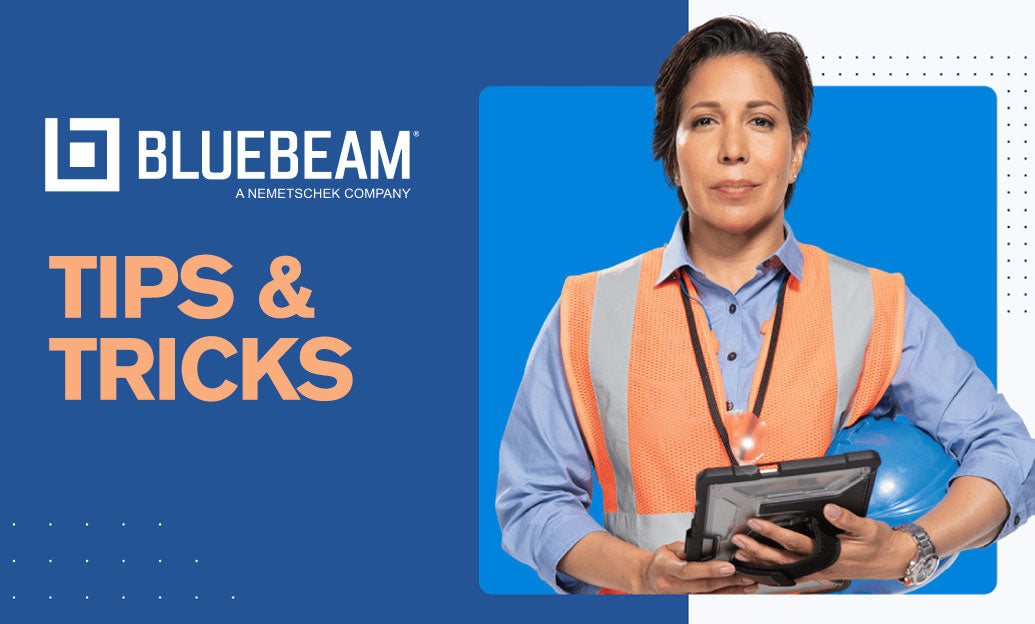Your Cart is Empty
Customer Testimonials
-
"Great customer service. The folks at Novedge were super helpful in navigating a somewhat complicated order including software upgrades and serial numbers in various stages of inactivity. They were friendly and helpful throughout the process.."
Ruben Ruckmark
"Quick & very helpful. We have been using Novedge for years and are very happy with their quick service when we need to make a purchase and excellent support resolving any issues."
Will Woodson
"Scott is the best. He reminds me about subscriptions dates, guides me in the correct direction for updates. He always responds promptly to me. He is literally the reason I continue to work with Novedge and will do so in the future."
Edward Mchugh
"Calvin Lok is “the man”. After my purchase of Sketchup 2021, he called me and provided step-by-step instructions to ease me through difficulties I was having with the setup of my new software."
Mike Borzage
V-Ray Tip: Optimizing 3D Realism with V-Ray Bump and Normal Maps
May 04, 2025 2 min read

Enhancing the realism of your 3D renders often hinges on the effective use of textures. Two essential tools in achieving this are Bump Maps and Normal Maps. Understanding the differences and applications of these maps in V-Ray can significantly improve the surface details of your models without increasing geometry complexity.
Bump Maps
Bump maps simulate surface irregularities by altering the surface normals based on grayscale values. Here’s how to utilize them effectively:
- Grayscale Representation: Darker areas represent depressions, while lighter areas indicate elevations.
- Simple Implementation: Ideal for adding basic texture details like scratches or dents.
- Performance Efficient: Since they only affect surface normals, they don’t add to the polygon count, ensuring faster render times.
- Customization: Easily editable as they are typically greyscale images, allowing for quick adjustments.
Normal Maps
Normal maps provide a more sophisticated approach by encoding detailed surface normals in RGB values, allowing for more complex and realistic surface details. Here’s how to make the most of normal maps in V-Ray:
- RGB Encoding: Red, green, and blue channels correspond to the X, Y, and Z axes, respectively, providing detailed orientation data.
- High-Detail Simulation: Capable of representing intricate patterns and textures such as fabric weaves, intricate carvings, or detailed skin surfaces.
- Enhanced Realism: Offers a more accurate representation of light interactions with surfaces, resulting in more lifelike renders.
- Compatibility: Works seamlessly with other V-Ray materials and lighting setups to enhance overall scene realism.
Best Practices for Using Bump and Normal Maps in V-Ray
- Choose the Right Map: Use bump maps for simpler textures and normal maps for more detailed surface features.
- Combine with Displacement: For added depth, consider combining these maps with displacement maps, but be mindful of the increased render times.
- High-Quality Textures: Ensure your maps are high resolution to avoid pixelation and maintain detail integrity.
- Optimize UV Mapping: Proper UV mapping ensures that your maps align correctly with the model’s geometry, preventing distortion.
For more advanced techniques and resources, visit NOVEDGE, a comprehensive platform offering tutorials, asset libraries, and expert advice to elevate your V-Ray rendering skills.
By mastering the use of bump and normal maps in V-Ray, you can achieve stunningly detailed and realistic surfaces, enhancing the overall quality of your 3D projects without compromising on performance.
You can find all the V-Ray products on the NOVEDGE web site at this page.
Also in Design News

Unlock Efficiency: 5 Essential Tips to Maximize AutoCAD LT Productivity
September 06, 2025 6 min read
Read More
Cinema 4D Tip: Optimizing Asset Management and Dependency Tracking in Cinema 4D
September 06, 2025 2 min read
Read More
Bluebeam Tip: Streamline Bluebeam PDF Workflow by Merging Layers for Simplified Document Management
September 06, 2025 2 min read
Read MoreSubscribe
Sign up to get the latest on sales, new releases and more …


